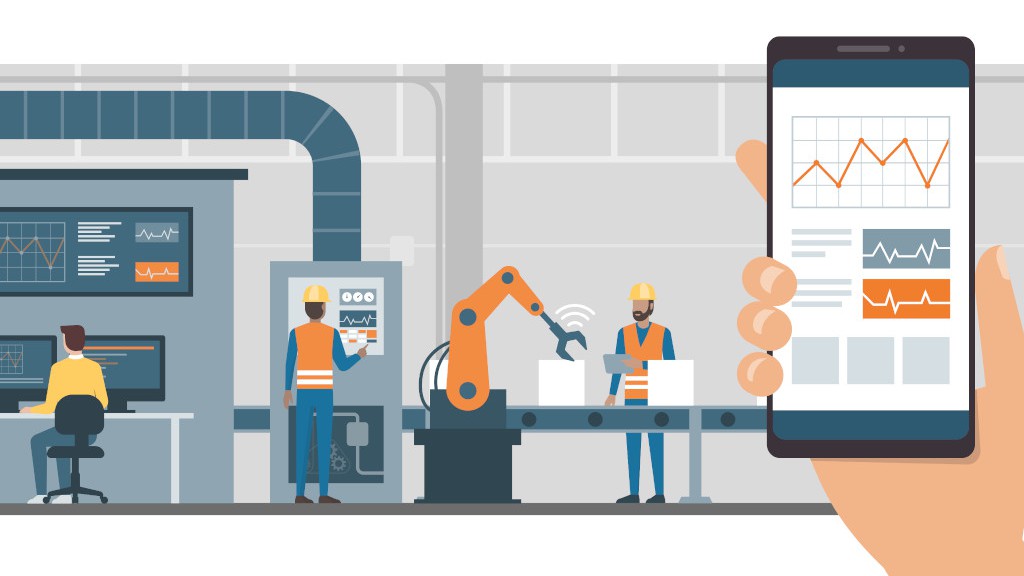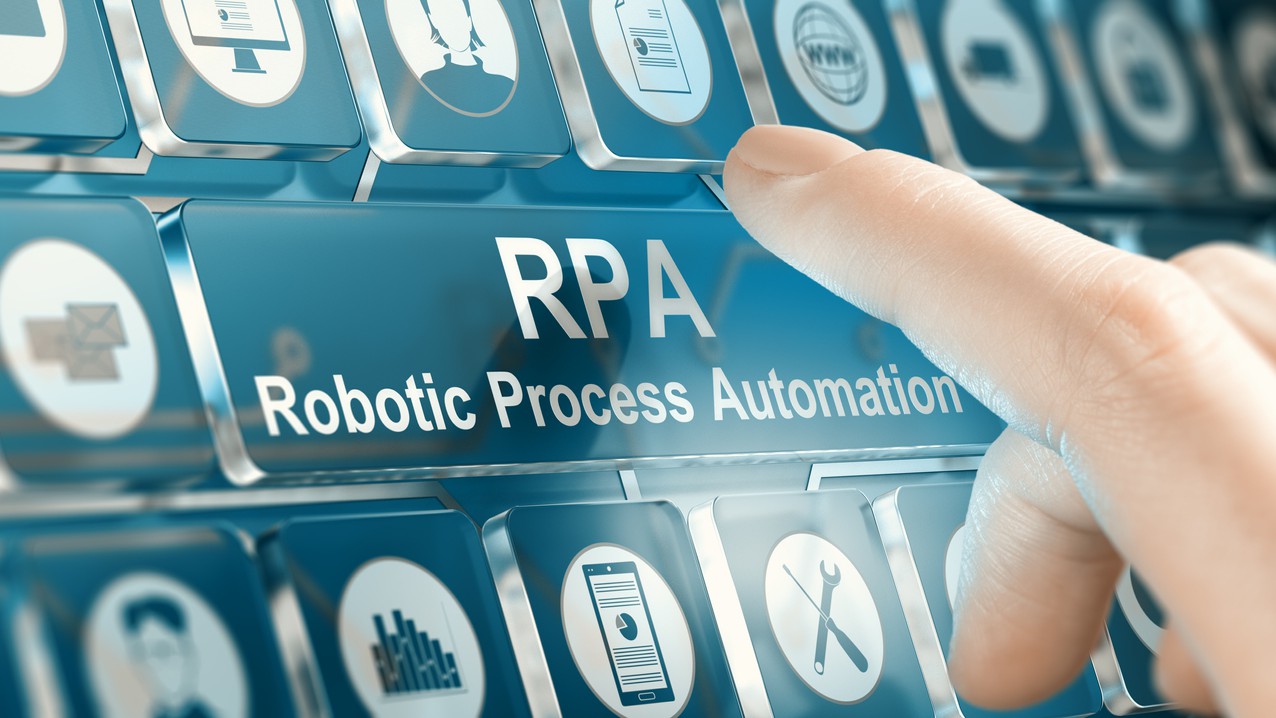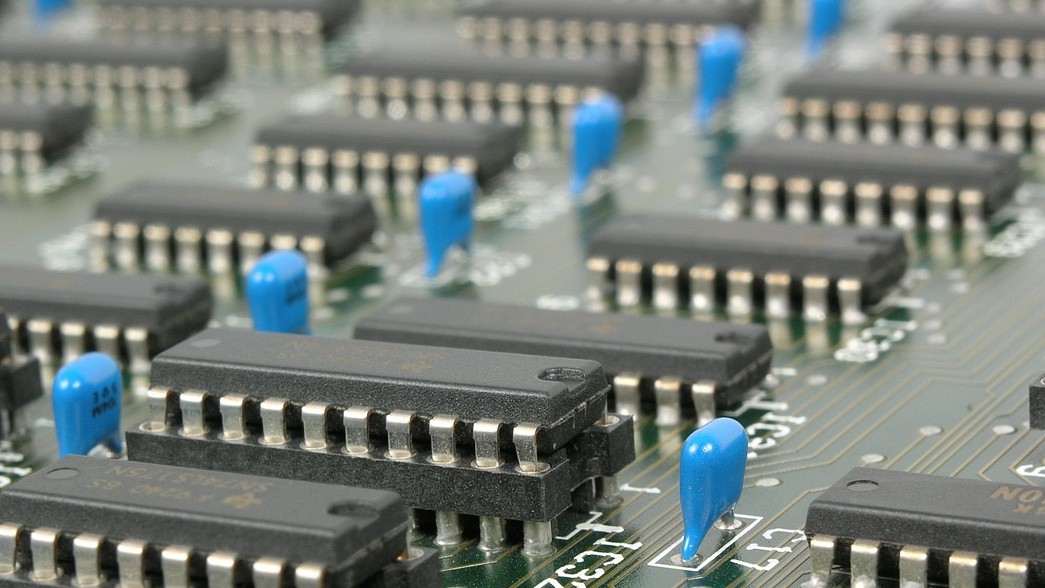The COVID-19 pandemic shut down much of the world’s major industries as people stayed home to protect themselves and their loved ones. Yet goods from clothing to toys continued to be available through online orders. Where did they come from?
Production of these goods and similar products was accomplished through factory automation. Already used by manufacturers to increase productivity and reduce costs, the pandemic helped accelerate its adoption throughout various industries. We’ll be covering factory automation today, touching on what it is, major benefits and types, and round things out with where the industry is going.
What is Factory / Manufacturing Automation?
Article Guide
Automation, whether it’s in a factory or a manufacturing plant, is simply the use of machines, computers, and similar technologies to improve productivity. Manufacturing or factory automation can vary between different types of industries. Some of the more common equipment includes:
- Hydraulic systems
- Industrial robotic arms
- Pneumatic systems
Benefits of Factory Automation
Benefits from factory automation are numerous. Many can be narrowed under the following four.
Consistency of Product
Factory automation performs the manufacturing process with greater consistency than human workers. Companies have greater management and control of their products’ quality. This allows more reliable predictions in timing and costs. Manufacturers can also continually tweak the various automated processes to enhance their results.
Reduced Waste / More Green
Companies have greater sway over how much material is needed for their products. This helps avoid waste like scrap. Companies, besides saving on costs, in turn use less energy which helps reduce their environmental footprint in the long run.
Greater Productivity
Factory automation systems have the ability to work non-stop, unattended, for 24/7/365. Depending on the task, they can perform the work of three to five people. This allows companies to save on labor costs while producing more at the same time. Introducing new products into the mix and bringing production up to speed is also easier since there is no need for additional training nor disruption to the existing processes.
Keep Workers Safe
Manufacturing and factory automation can reduce – or even eliminate – many accidents as they remove workers from dangerous tasks and environments. Machines can be built with the ability to sense potentially dangerous situations and shut down before harm is done.
This “safety” can also be broadened to include keeping workers’ jobs secure. Companies with factory automation can now stay locally instead of going overseas for the cheap labor. There’s also less need to bring in temp workers.
Examples / Types of Factory Automation
The types of automation for factories or manufacturing are as numerous as the benefits, if not more. Specific applications include industrial automation, flexible manufacturing systems, and computer-aided manufacturing, and SCADA and MES systems. All can be found being used under one or more of the following:
Partially Automation and Manual Processes
At these workstations, automation is used for simple tasks or to assist the human worker. In automotive manufacturing, these would involve fuel pump production or vehicle display testing. It is the worker, not the automated system, that makes the final decision on how the product is to proceed.
Automated Single Machines Systems
Each machine or device in this form of factory automation has been set up to perform one specific, repetitive action like:
- Cut
- Feed materials or parts
- Handle parts or other systems
- Make vision inspection
- Pack
- Rotate
- Weld
Automated Production and Assembly Lines
In this form of automation, the automated single machines above are linked together to perform one specific operation in a predefined order. Painting a new electric car on an assembly line is one example.
The raw product, whether a car frame or fresh eggs from a farm, are moved along to workstations via transfer and electrical control systems. At each station, most often controlled by an industrial PC, the product is processed in a specific order, then sent to the next station. This is continued step-by-step until the product is completed and accepted.
End-to-End Automated Factories / Smart Factories
Until now, all factory automation systems have had human workers on-site, working alongside the machines or at the very least supervising them.
That’s not the case for end-to-end automated factories. Also known as “lights out”, “dark”, or sometimes “smart” factories or manufacturing plants, these plants run fully on their own. There are no people on-site. Instead, any monitoring by humans is done remotely like through an industrial tablet. The plants, with no humans to be concerned about, can run 24 hours a day, 7 days a week, 365 days a year.
End-to-end automated factories and any such similar setups are currently theoretical. No factory has reached automation to the point where they don’t need people to oversee processes or check the quality of end products.
Factory Automation Market Trends in 2023 and Beyond
Factory automation is a multi-billion industry and looks to grow in the near future. Market size for global industrial automation was an estimated $196.6 billion back in 2021 and looks to more than double that at $412.8 billion by 2030.
Five notable fields of growth include:
Use of artificial intelligence (AI) for manufacturing automation is looking to leap from its estimated $2.93 million in 2021 to an estimated $78.74 million by 2030.
Worldwide, use of collaborative robots (“cobots”) working alongside human workers looks to see a rise from $1.2 billion in 2021 to ten times that number ($10.5 billion) by 2027.
Robotic Process Automation, or RPA, is the name given to software used to handle many repetitive tasks once handled by human workers. Transferring calls to the correct extension is one instance of RPA. The market, worth $4.8 million globally in 2021, is estimated to grow five times that much ($20.1 billion) by 2030.
Autonomous Mobile Robots (AMR) are those machines that can navigate through their environment through a combination of cameras, sensors, and AI. Delivery robots transporting orders and/or parts in massive warehouses are an example of AMRs. Because of their usefulness, the global market is predicted to increase six-fold from $2.7 billion back in 2020 to $12.4 billion in 2030.
Finally, predictive maintenance or predictive analytics looks to grow globally from $4.02 million in 2021 to a staggering $18.65 million by 2030. Predictive maintenance is used in factory automation as a means to forecast plant breakdowns and faults before they cause costly downtime or damage.
Closing Comment
Factory automation looks to replace tasks and processes done by humans with machines. Benefits are numerous ranging from greater consistency of products to worker safety. There’s plenty of growth in the industry, much of it due to increased use of AI.
Contact an expert at Cybernet if your factory or manufacturing plant is looking for industrial computers to work or even manage your factory automation systems.
Join the conversation and connect with us on this and other relevant topics – Follow us Facebook, Twitter, and Linkedin.
Why Your Factory Needs Wireless Industrial Automation
June 6, 2019
Manufacturing plants can be a twisted snarl of machines, conveyor belts, robots, and cables. These busy floors become hard to navigate and nearly impossible to troubleshoot: if the line goes down, it becomes a titanic…
0 Comments9 Minutes
Robotic Process Automation in Manufacturing
May 21, 2020
Optimization is a rather hot buzzword that’s thrown around with abandon in several industries, and in none more so than the manufacturing sector. Truthfully, optimization means something very similar in several…
0 Comments9 Minutes
Types of Industrial PCs Used in Industrial Automation
February 10, 2017
The industrial sector is increasingly experiencing the impact of the Industry 4.0 concept. Whether you are looking to optimize the workflow, increase production or savings in maintenance, or explore new automation…
0 Comments8 Minutes
You Can't
Learn from a Pop-up
But we can deliver knowledge to your inbox!
We dive deep in the industry looking for new trends, technology, news, and updates. We're happy to share them with you.
Knowledge, News, and Industry Updates Right in Your Inbox





